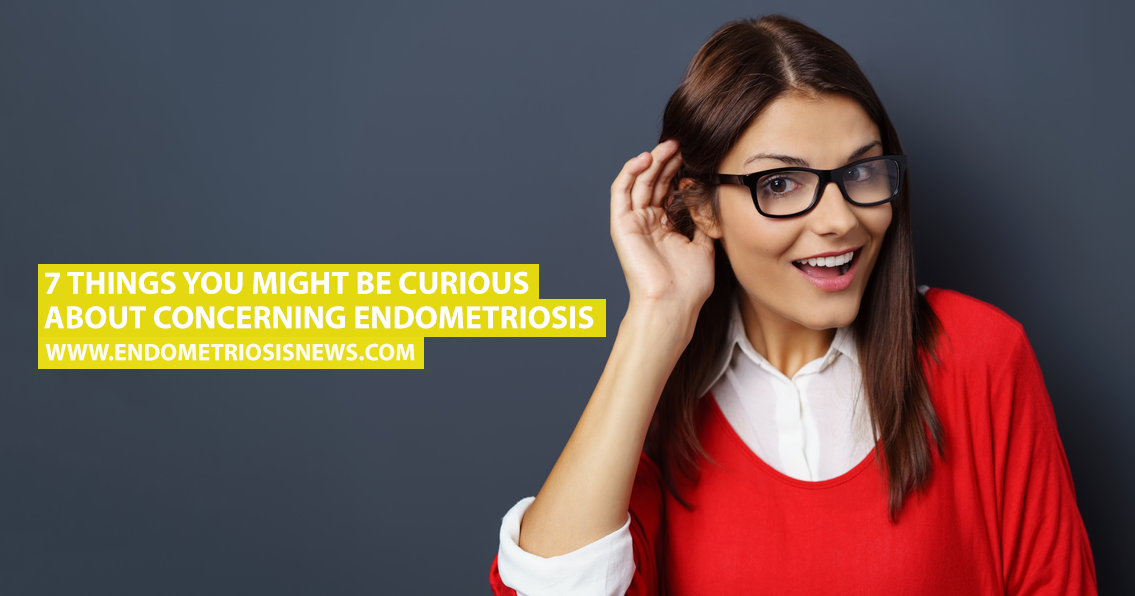You may have just been diagnosed with endometriosis, suspect you might have the condition, or know someone who does but there’s a lot you probably don’t know about the condition. We’ve put together a list of seven things you might be curious about with help from gynsurgeryinfo.org.
MORE: Six complementary therapies to ease endometriosis symptoms
What is endometriosis?
Endometriosis is a condition where the tissue inside the uterus (endometrium) begins to grow outside of the uterus causing inflammation, lesions and painful scarring of tissue.
Who gets endometriosis?
It’s estimated that around one in 10 women and girls of childbirthing age suffer from endometriosis worldwide, although many of them have not yet been diagnosed with the condition. There are around five million women and girls in the U.S. living with endometriosis.
What are the symptoms?
The symptoms can differ from woman to woman, and some women may not have any noticeable symptoms. The most common symptom of endometriosis is painful periods, but pelvic pain can be experienced before and after the menstrual cycle. Pain during sex, pain going to the bathroom, long and heavy periods, and back pain are all common signs of the condition. Endometriosis can also lead to infertility.
MORE: How endometriosis can affect the bladder
Will I be able to have children if I have endometriosis?
Around half of women with endometriosis will experience problems with fertility. However, treatment can vastly improve the odds of a women having a successful pregnancy. Many women have laparoscopy surgery to remove lesions from their ovaries and some women have IVF treatment.
How is endometriosis treated?
There is no cure for endometriosis but there are various treatments available. Hormone treatment, usually in the form of contraceptive pills taken without a break to avoid periods can slow down the progression of lesions. Pain medications can be prescribed for managing symptoms, but surgery is the only way to remove lesions.
What are the surgical options for endometriosis?
Laparoscopy surgery is a minimally invasive procedure when the surgeon uses a camera and special tools to cut away lesions and nodules through small incisions in the pelvis (excision) or uses a laser or electical current to cauterize the lesions. However, this type of surgery can only offer temporary relief as lesions will continue to occur. It is considered a “conservative” option for women to help relieve pain and increase the chance of pregnancy.
“Definitive” surgery is a hysterectomy which may also include the removal of the ovaries. This is not an option for women who wish to have children. This will also not address any lesions which have attached to tissue outside of the womb or ovaries.
Are there any alternatives to surgery?
Surgery is the only way to remove lesions and nodules but some women find they can manage their symptoms without resorting to surgery. Pain management and lifestyle changes such as improving diet and adding exercise may help some women, as will some complementary therapies such as acupuncture or massage. The contraceptive pill taken without a break will stop a woman from having periods and therefore slow down the progression of lesion growth, however, this is not a solution for women who want to get pregnant.
MORE: 12 common places where endometriosis lesions can be found
Endometriosis News is strictly a news and information website about the disease. It does not provide medical advice, diagnosis or treatment. This content is not intended to be a substitute for professional medical advice, diagnosis, or treatment. Always seek the advice of your physician or another qualified health provider with any questions you may have regarding a medical condition. Never disregard professional medical advice or delay in seeking it because of something you have read on this website.

